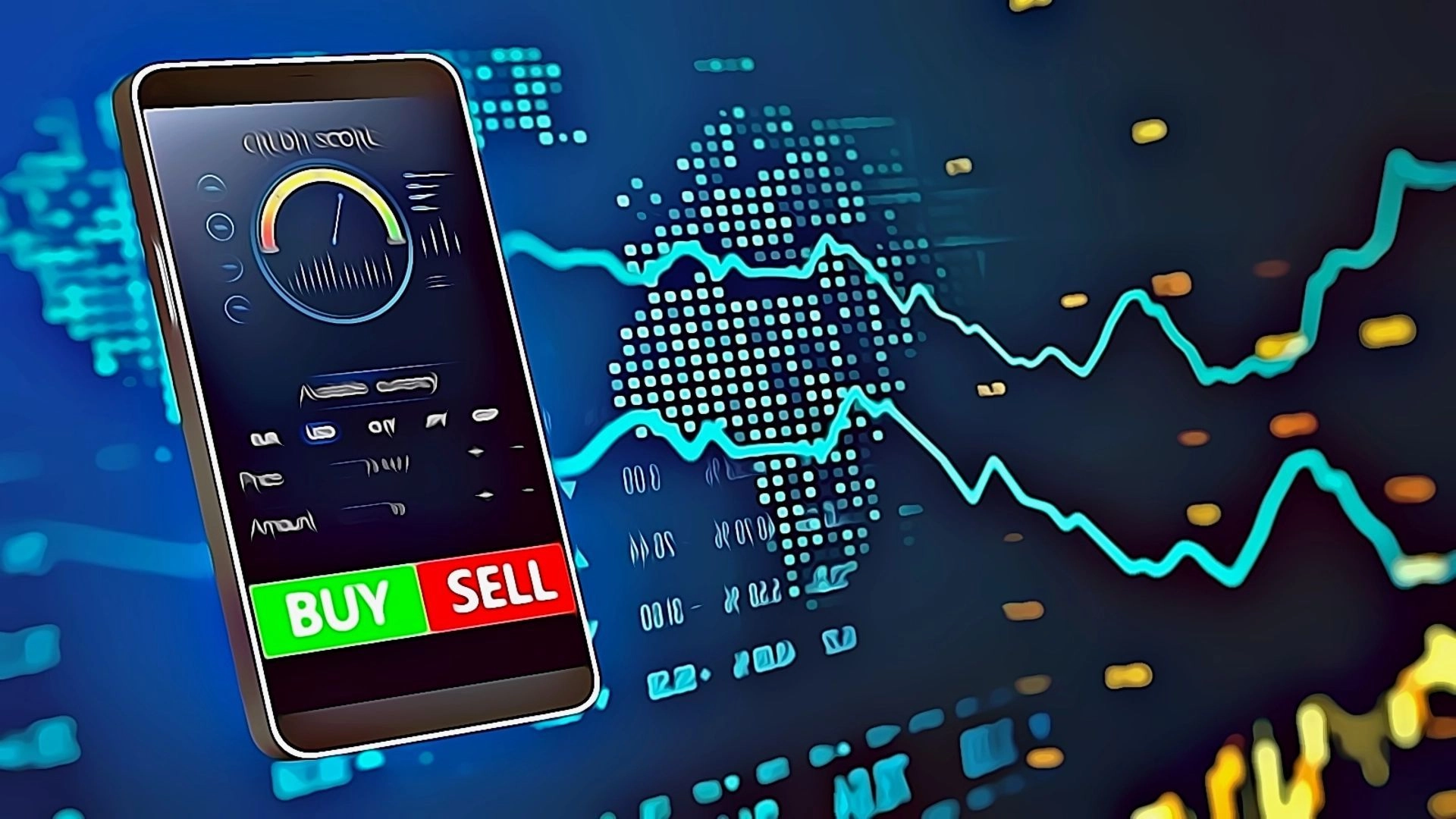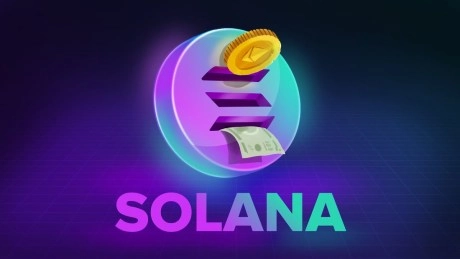In a bull market, it is not unusual to see a cycle of record highs for stock indexes. But what may be more important to investors is how expensive stocks are relative to revenue or earnings. On a price-to-sales basis, the broad U.S. stock market has trended upward and is at its most expensive. But some stocks have bucked the trend, as shown below.
If you have been worried that the stock market has become overheated, check out this post on X from Charlie Bilello on Aug. 10.
That warning included a long-term chart showing the ratio of the S&P 500s price to trailing sales. These are prices to rolling 12-month revenue figures, weighted by market capitalization.
Through Tuesdays close, the large-cap U.S. benchmarks price/trailing sales ratio had climbed even higher.
Tuesdays closing price/trailing sales ratio of 3.19 for the S&P 500 was very high relative to the average level of 1.88 going back to the end of 1999. But that average reflected the bursting of the dot-com bubble in the early 2000s, as well as the brutal decline from late 2007 through early March 2009 during the financial crisis.
We actually screened the more expensive Nasdaq-100 Index NDX for a tech-oriented screen of stocks that have resisted the high price/sales trend. But lets first dig a bit further into the S&P 500.
The most expensive sectors
If we look back only 10 years, the current valuation is well above average levels for the index and its sectors. Here is a valuation comparison for the 11 sectors of the S&P 500, sorted by price/trailing sales, with the full index at the bottom:
Sector or index Price/ trailing sales 10-year average price/ trailing sales Current valuation to 10-year average Information Technology 9.76 5.22 187% Real Estate 6.50 7.19 90% Communication Services 4.42 3.27 135% Consumer Discretionary 2.92 2.27 129% Utilities 2.87 2.35 122% Industrials 2.85 2.06 138% Financials 2.80 2.59 108% Materials 2.25 1.93 117% Consumer Staples 1.49 1.34 111% Healthcare 1.45 1.72 84% Energy 1.31 1.27 103% S&P 500 3.19 2.39 133% Source: FactSetThe full S&P 500s price/trailing sales ratio is 33% higher than its 10-year average. The most expensive sector is information technology with a price/trailing sales ratio of 9.76, which is 87% higher than its 10-year average level.
Investors need to keep in mind that the S&P 500 is weighted by market capitalization. This means that three companies Nvidia Corp. , Microsoft Corp. and Apple Inc. make up 21.2% of the portfolio of the SPDR S&P 500 ETF Trust . And they have a 26.6% weighting in the Invesco QQQ ETF , which tracks the Nasdaq-100.
You might be interested in seeing how price/trailing sales ratios stack up for the Magnificent Seven group of stocks. Here they are, sorted by how high the current valuations are to 10-year averages:
Company Ticker Price/ trailing sales 10-year average price/ trailing sales Current valuation to 10-year average Meta Platforms Inc. 10.21 7.36 139% Apple Inc. 8.30 7.28 114% Microsoft Corp. 13.18 11.59 114% Amazon.com Inc. 3.56 3.16 113% Alphabet Inc. Class A 6.45 5.97 108% Nvidia Corp. 25.19 23.60 107% Tesla Inc. 11.24 11.64 97%Aside from Amazon , which trades for 3.6 times trailing sales, all of these stocks trade at multiples of the S&P 500s weighted ratio of 3.2.
Tesla is the only member of the Magnificent Seven trading below its 10-year average valuation on this basis.
Getting back to sector valuations, note that among the Magnificent Seven, only Nvidia, Microsoft and Apple are in the S&P information-technology sector. Amazon and Tesla are in the consumer-discretionary sector, while Meta and Alphabet are in the communications-services sector.
Stock screen low valuations and high expectations for sales growth through 2027
The stock markets long rally has been led by Big Tech. An interesting way to screen for stocks bucking the trend of high price/trailing sales valuations is to look at the Nasdaq-100 index the one tracked by QQQ. This index is made up of the 100 largest nonfinancial companies in the full Nasdaq Composite Index . It is trading at a price/trailing sales ratio of 6.98, which is 47% higher than its 10-year average valuation of 4.76.
Among the Nasdaq-100, 54 stocks are trading below their average 10-year price/trailing sales valuations. To narrow the list further, here are the 20 projected to show the highest compound annual growth rates (CAGR) for sales over the next two years:
Company Ticker Two-year estimated sales CAGR through 2027 Price/ trailing sales 10-year average price/ trailing sales Current valuation to 10-year average MercadoLibre Inc. 24.4% 4.67 8.34 56% CrowdStrike Holdings Inc. Class A 22.6% 23.66 28.08 84% Shopify Inc. 22.3% 17.37 20.55 85% ARM Holdings PLC ADR 20.4% 33.03 35.16 94% Datadog Inc. Class A 20.3% 14.55 27.49 53% Zscaler Inc. 20.2% 15.91 25.81 62% Tesla Inc. 19.6% 11.24 11.64 97% Atlassian Corp Class A 18.9% 8.15 20.2 40% Marvell Technology Inc. 18.7% 8.72 10.38 84% Trade Desk Inc. Class A 16.8% 9.49 23.93 40% DexCom Inc. 15.0% 7.19 14.17 51% Intuitive Surgical Inc. 14.6% 18.54 18.67 99% PDD Holdings Inc. ADR 14.6% 2.87 7.02 41% CoStar Group Inc. 13.1% 12.57 14.78 85% Workday Inc. Class A 13.1% 6.79 9.67 70% Intuit Inc. 13.0% 10.36 11.21 92% Fortinet Inc. 11.2% 9.26 11.24 82% Autodesk Inc. 10.7% 9.38 11.16 84% Airbnb Inc. Class A 9.7% 6.67 12.46 53% Vertex Pharmaceuticals Inc. 9.7% 8.61 9.55 90% Source: FactSetThese growth projections are based on consensus estimates among analysts polled by FactSet for calendar 2025 through 2027. The estimates are adjusted for companies whose fiscal years dont match the calendar.
In comparison, the projected two-year revenue CAGR through 2027 is 5.4% for the S&P 500 and 9.8% for the Nasdaq-100, according to FactSet.
Click on the tickers for more about each company, ETF or index.
Read: Tomi Kilgores detailed guide to the information available on the MarketWatch quote page
Dont miss: 20 stocks in the S&P 500 that are high achievers this earnings season




